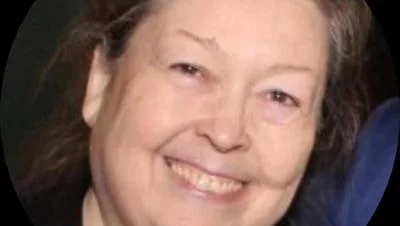Paul D. Kempinski President and Chief Executive Officer | Children's Mercy Hospital K.C.
Paul D. Kempinski President and Chief Executive Officer | Children's Mercy Hospital K.C.
Children’s Mercy has published a study in the Journal of the American Medical Association Pediatrics showing that long-read sequencing (LRS) can improve how quickly and accurately rare genetic diseases are diagnosed in children. The Kansas City-based pediatric health system was the first to use 5-base HiFi LRS in clinical care, aiming to speed up diagnoses for patients and families.
Ale Quiroga, MD, MBA, President and CEO of Children’s Mercy, said, “Children’s Mercy is a trailblazer in every sense of the word—we’re not just advancing medicine, we’re reshaping it. This research isn’t simply a breakthrough; it’s a blueprint for what pediatric care can and should be. By deepening diagnostic precision and elevating the care experience for families, we’re equipping our clinicians with sharper tools, faster answers and greater insight. And we’re doing it for the children who need us most.”
The study involved 235 children who received LRS testing compared to more than 500 who had traditional genetic tests. Results showed that LRS identified causes of conditions at a higher rate—raising diagnostic success by 10% over previous methods. Families also received answers faster: less than one month on average versus about three months with standard approaches. The new method often eliminated the need for multiple rounds of testing.
Tomi Pastinen, MD, PhD, Vice President and Associate Chief Medical Officer for Clinical and Research Integration at Children’s Mercy and corresponding author of the study, said, “Every day matters when a child is sick and undiagnosed, and this research shows that we can deliver answers faster, with fewer tests and with greater clarity than ever before. Children’s Mercy is not just doing research—we’re integrating research with clinical care—we’re raising standards and transforming pediatric medicine.”
Researchers say that these findings are likely only an early indication of what expanded LRS testing could achieve as knowledge grows about noncoding regions of DNA.
Isabelle Thiffault, MSc, PhD, FACMGG, Director of Translational Genomics at Children’s Mercy and first author of the study stated: “What we’ve uncovered so far is powerful—but what’s ahead is even more promising. As we continue to explore the noncoding regions of the genome and expand access to this technology, we’re opening doors to diagnoses that were once out of reach. This is how we change the future of pediatric medicine—by building a foundation for discoveries that will help generations of children to come.”
The Genomic Answers for Kids (GA4K) program at Children’s Mercy uses LRS as part of its efforts to find new treatments for rare childhood genetic disorders through its data repository initiative. In four years since launching GA4K has provided more than 2,100 diagnoses to families seeking explanations for their children’s conditions.
The GA4K program relies on support from donors as well as contributions from researchers, clinicians and participating families.






 Alerts Sign-up
Alerts Sign-up